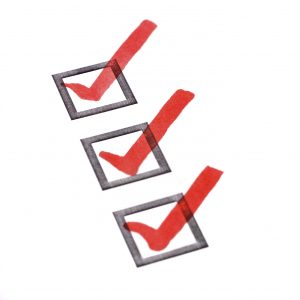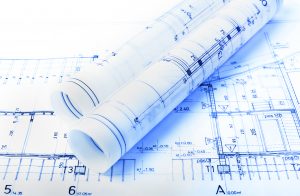Home Selling Tips: Increasing your Home’s Value
Before you take the big leap and sell your home, why not follow these tips to increase its value and, as a result, your revenue from the sale?
Small improvements go a long way
One of the biggest misconceptions in home improvement is that bigger renovations equal bigger return of investment. That is not always the case! Small improvements and minor replacements such as new window treatments, permanent lighting, and better faucets and hardware can increase your home’s total value.
Don’t forget the curb
Curb appeal helps grab the attention of potential homebuyers, so make sure to invest some time and money to freshen it up. Accentuate nice features like archways and walkways, and eliminate negative aspects. Remember: homebuyers are drawn to properties that look well-maintained and looked after.
Once you’re done with the improvements, make sure your listing’s photos are in full color, especially if you also sweetened up your home’s landscaping.
All about kitchens and bathrooms
If you really want to significantly increase the value of your home, concentrate on two important areas: the kitchen and the bathroom. If you’re going for a major upgrade, don’t forget to keep the overall look timeless to suit different tastes. This may also be a great time to invest in smart home technology and water-saving systems, making your home more efficient and eco-friendly.
Don’t add another room; finish the basement!
If you’ve got an unfinished basement, this may be the best time to finally finish it for good. This increases your home’s value, and is attractive among homebuyers. Turn it into an entertainment center, a man cave, a guest room – the choices are endless.
Hire a certified home inspector
To make better, informed decisions, it’s best to hire a certified home inspector. This way, you’ll know your home’s current value and you’ll get a better picture of what you can do to improve it.
Click here for more home selling tips to help you navigate your way towards a successful sale.

 At a glance, the primary function of a buyer’s agent is to protect the buyer’s interests during the various stages of the homebuying process. Still, some people wrestle with the importance of hiring one. To help you decide on whether you should work with a buyer’s agent or not, here are a couple of pros and cons to weigh in on.
At a glance, the primary function of a buyer’s agent is to protect the buyer’s interests during the various stages of the homebuying process. Still, some people wrestle with the importance of hiring one. To help you decide on whether you should work with a buyer’s agent or not, here are a couple of pros and cons to weigh in on. Washington, D.C.’s real estate landscape is always evolving. New developments and renovation projects are constantly being drawn up somewhere in the city. Here are some of the latest in Petworth, Shaw, Mount Pleasant, and Chevy Chase.
Washington, D.C.’s real estate landscape is always evolving. New developments and renovation projects are constantly being drawn up somewhere in the city. Here are some of the latest in Petworth, Shaw, Mount Pleasant, and Chevy Chase. It’s safe to say that U.S. real estate composed of two types of homes — pre-owned and new constructions. If you can’t decide between the two, here are four things to carefully consider.
It’s safe to say that U.S. real estate composed of two types of homes — pre-owned and new constructions. If you can’t decide between the two, here are four things to carefully consider.